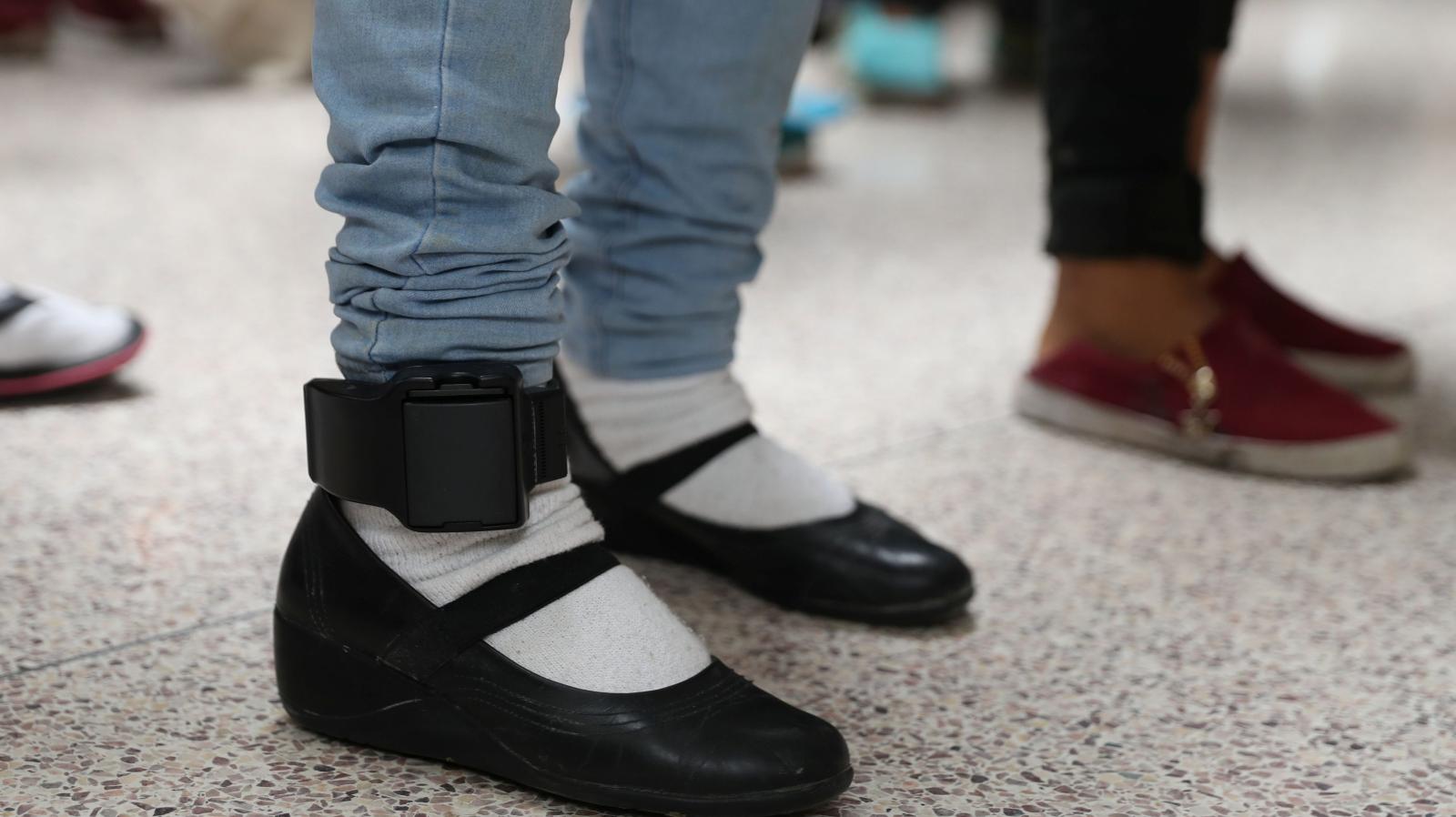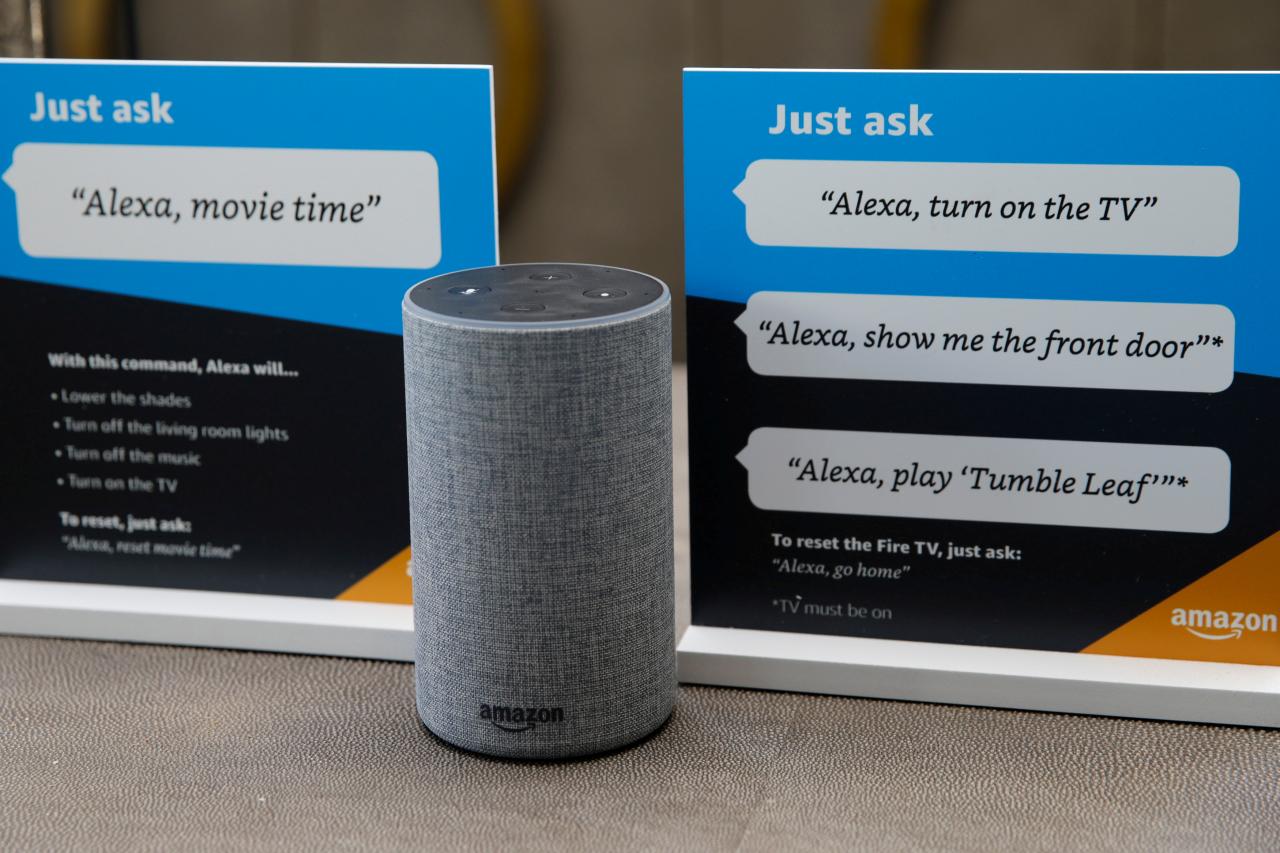‘The goal is to automate us’: welcome to the age of surveillance capitalism
The behaviour of the digital giants looks rather different from the roseate hallucinations of Wired magazine. What one sees instead is a colonising ruthlessness of which John D Rockefeller would have been proud. First of all there was the arrogant appropriation of users’ behavioural data – viewed as a free resource, there for the taking. Then the use of patented methods to extract or infer data even when users had explicitly denied permission, followed by the use of technologies that were opaque by design and fostered user ignorance.
And, of course, there is also the fact that the entire project was conducted in what was effectively lawless – or at any rate law-free – territory. Thus Google decided that it would digitise and store every book ever printed, regardless of copyright issues. Or that it would photograph every street and house on the planet without asking anyone’s permission. Facebook launched its infamous “beacons”, which reported a user’s online activities and published them to others’ news feeds without the knowledge of the user. And so on, in accordance with the disrupter’s mantra that “it is easier to ask for forgiveness than for permission”.
The combination of state surveillance and its capitalist counterpart means that digital technology is separating the citizens in all societies into two groups: the watchers (invisible, unknown and unaccountable) and the watched. This has profound consequences for democracy because asymmetry of knowledge translates into asymmetries of power.


